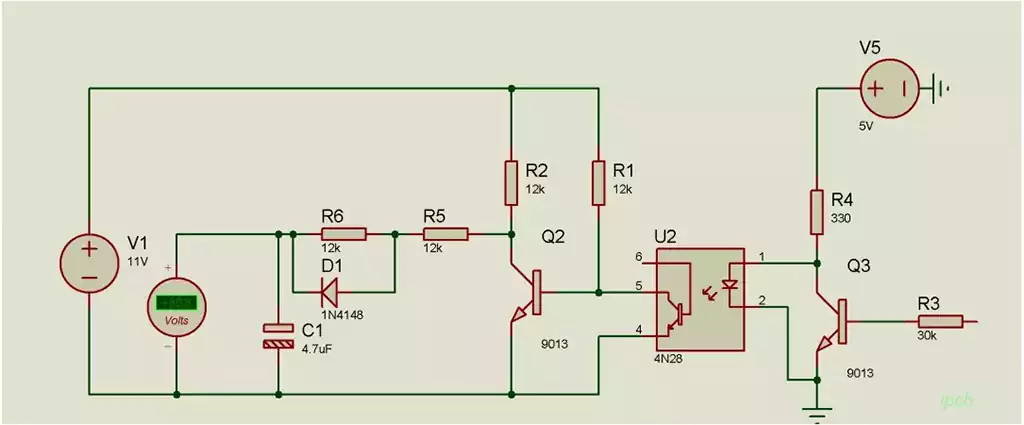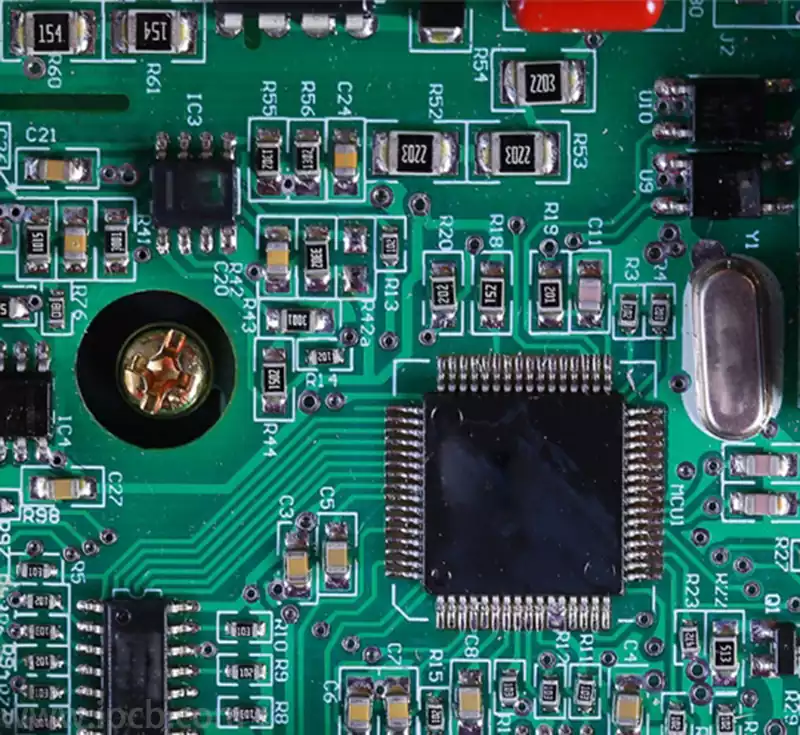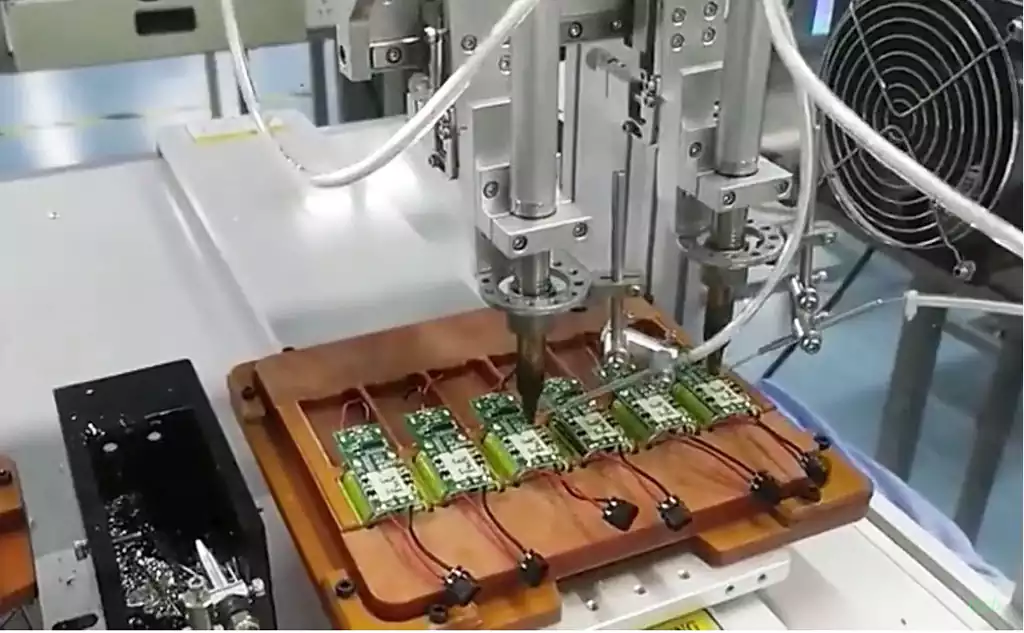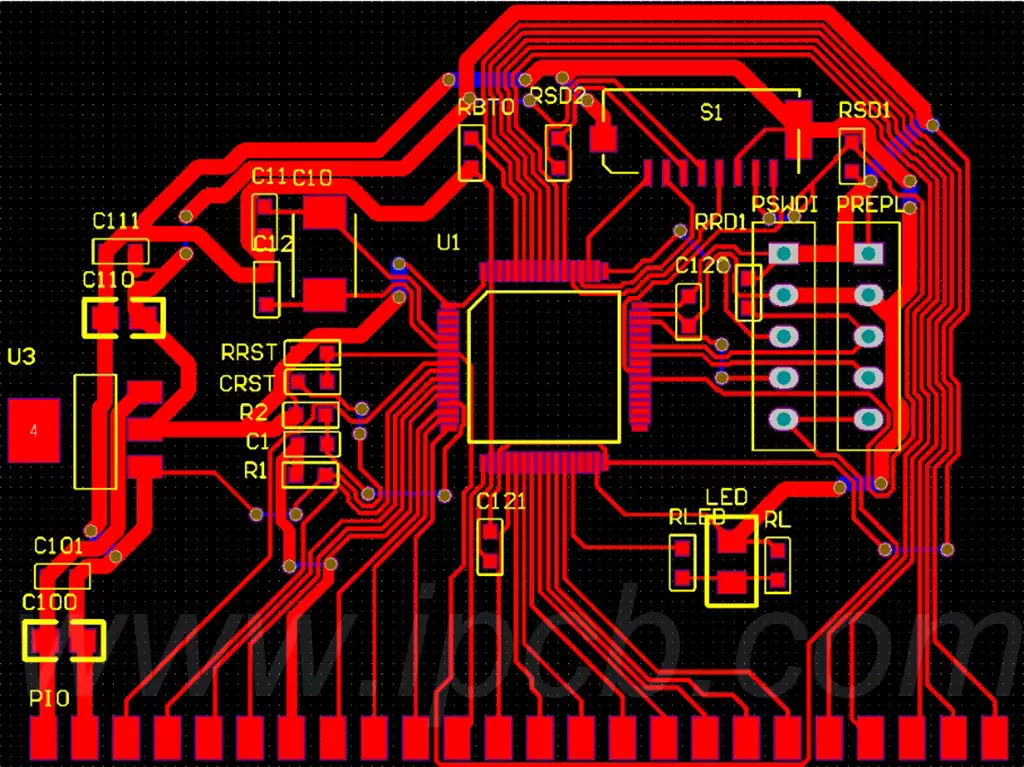What is decoupling capacitor?It is a capacitor installed in the power supply side of the component in the circuit, this capacitor can provide a more stable power supply, but also can reduce the component coupled to the power supply side of the noise, and indirectly can reduce the other components by the impact of the noise of this component.
Reason
The main reason for capacitor decoupling is to solve the noise and clutter problem in the circuit to ensure the normal operation and performance of the circuit. The following are some of the main reasons that lead to the need for capacitor decoupling:
- Ripple in DC power supplies
Even in a DC power supply, there may be some ripples or ripples which are caused due to incomplete stability of the power supply or other factors. This ripple causes voltage variations in the circuit and may interfere with the normal operation of the circuit. By placing decoupling capacitors on the power line, the DC voltage can be smoothed and the effect of ripple can be reduced. - High Frequency Noise
Electronic devices and circuits are usually disturbed by high-frequency noise from various sources, such as switching power supplies, motors, and wireless signals. These noise signals can propagate into the circuit and may interfere with signal transmission, processing and amplification. By placing decoupling capacitors, a low impedance path can be provided to bypass high-frequency noise from sensitive parts of the circuit, thus reducing the impact on circuit performance. - Circuits sharing power lines
In some cases, multiple circuits may share the same power lines. These circuits may have different power consumption and operating frequencies. If one of these circuits causes large variations in power consumption or high-frequency noise, it may interfere with the other circuits. By using decoupling capacitors, it is possible to confine these disturbances around the circuit causing them and prevent them from propagating to other circuits.

Calculation of capacitance value
The original purpose of decoupling is to maintain the voltage limit within the specified allowable error range regardless of the IC’s regulations and requirements for current fluctuations. Use the expression:
C ⊿ U = I ⊿ t
From this, the required capacitance C of an IC can be calculated.
⊿U is the permissible reduction in actual power supply bus voltage in V.
I is the maximum required current in A (amperes);
⊿t is the time this requirement is maintained.
Calculation of capacitance value: It is recommended to use a capacitance value much larger than 1/m multiplied by the equivalent open-circuit capacitance. Here m is the maximum percent change in power bus voltage allowed on the IC’s power supply pins, and generally the IC’s datasheet will give specific parameter values.
The equivalent open circuit capacitance is defined as:
C=P/(fU^2) where:
P – the total wattage dissipated by the IC;
U – the maximum DC supply voltage of the IC;
f – the clock frequency of the IC.
Function of decoupling capacitor
Provide stable power supply. Capable of filtering out high-frequency noise and ripple on the power line to ensure a stable DC voltage supply in the circuit, which is essential to maintain circuit performance.
Reduce power supply impedance. By connecting in parallel, a low impedance path is provided, making it easy for high-frequency noise signals to bypass the power line through the capacitor, thus reducing interference with other parts and improving power supply stability.
Balance voltage fluctuations. During circuit operation, voltage transients may occur on the power line due to load variations or other factors, and the ability to quickly respond and balance these fluctuations ensures voltage stability.
Provide transient response. In the face of transient high current demands in circuits, the ability to provide additional charge and quickly release that charge is important to maintain circuit stability and reliability.
Reduces return paths for high frequency signals. By reducing the interference path of rapidly changing currents, it reduces interference with other chips and improves the overall performance of the system.
Anti-interference effect. Decoupling capacitors and bypass capacitors both play the role of anti-interference, but they are located in different positions, bypass capacitors are mainly for high-frequency interference, while decoupling capacitors are filtered for the interference of the output signal.



